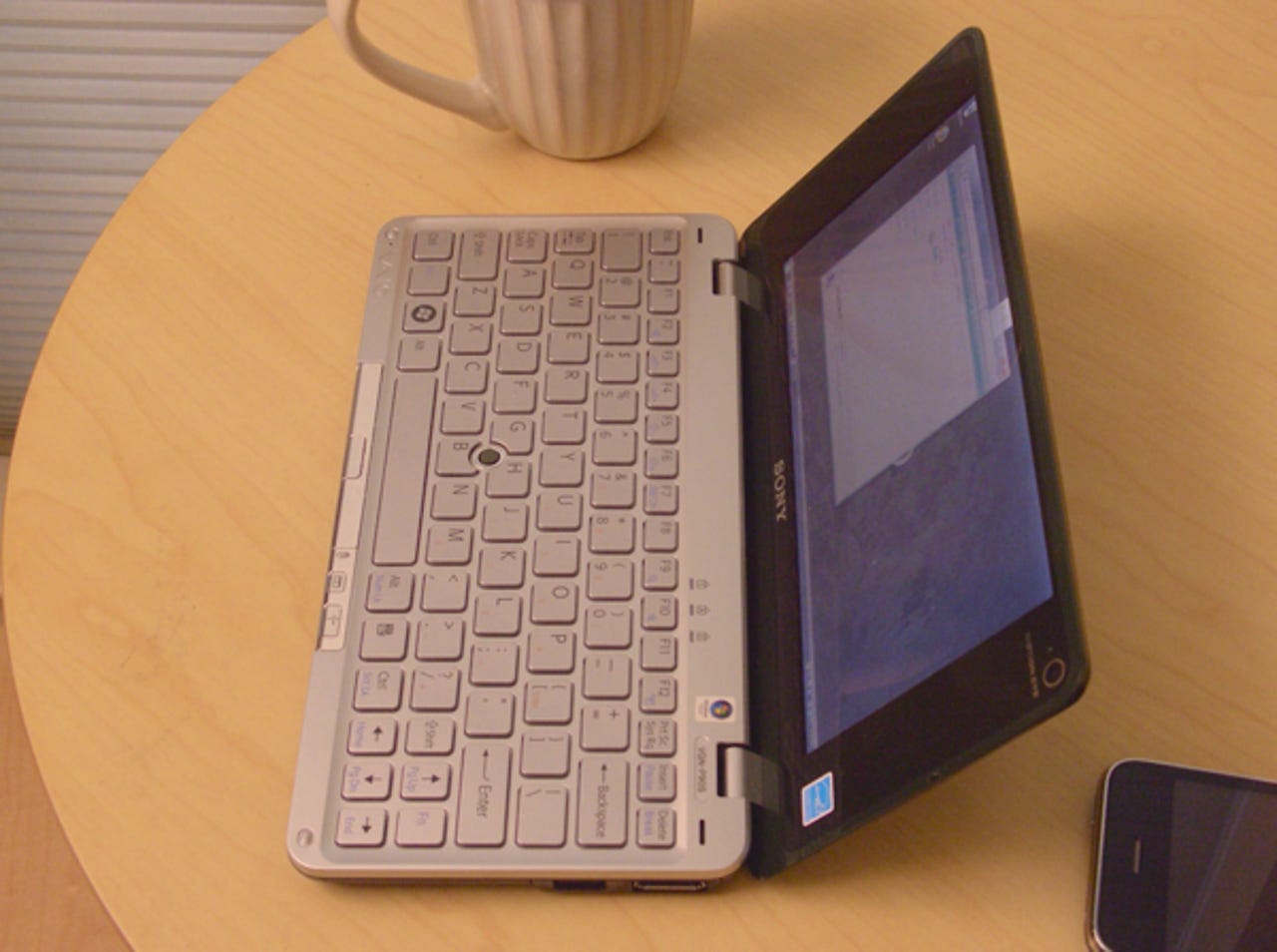Bring back the Sony Vaio P with Windows 8.1

The Sony Vaio P laptop impressed me when I first played with it at the CES in 2009. That Sony crammed a complete laptop in such a small form was a feat. Impressive as it was, Sony had to make some compromises to get it so small, and that kept it from selling in numbers, either the 2009 model or the 2010 upgraded Vaio P.
Laptop technology has improved to the point that the Vaio P could be a decent mobile device today. Keeping the casing the same, putting the latest Bay Trail inside, like that of many Windows hybrids, and adding a touch screen would make for a decent little laptop.
See related: CNET Sony Vaio P review (2010)
Hardware specs Sony Vaio P (original 2009 model):
| Processor | Intel Atom Z520 @ 1.33 GHz |
| Display | 8-inch (1,600 x 768) |
| Memory | 2GB |
| Storage | 60GB HDD |
| Dimensions | 9.6 X 4.7 X 0.8 inches |
| Weight | 1.3 lbs |
The Sony Vaio P had an unusual form characterized by the 8-inch screen with high resolution for its time (1,600x768). The strange resolution was due to the wide but short screen. The device was wide to allow for a physical keyboard that, while small, could still support touch typing.
Featured
The anemic Atom processor in the Vaio P ran better than expected, especially considering it was stuck with Windows Vista. You couldn't run many things at once, but if you kept to one or two tasks it wasn't too bad.
Another compromise required by the small size was the lack of a trackpad. Sony put a flush nubbin trackstick, and it took some practice to get proficient at navigating the screen with precision. In the 2010 refreshed model, Sony attempted to address the nubbin problem with a strange touchpad on the screen bezel. It wasn't any better.
Updating the OS to Windows 8.1, adding a touch screen, and putting Bay Trail inside would make for a pretty useful laptop. The Bay Trail technology would also address the poor battery life of the Vaio P of old. The Vaio P featured a user-swappable battery that would give it an advantage over many small laptops today.
The reincarnated Vaio P would not be a tablet. The touch screen would be used to help avoid use of the nubbin of the original, and for taking advantage of the Windows 8.1 environment. That said, with a touch screen and rotating display it could be used as one in a pinch given that tablet-like 1.3lb weight.
The new Vaio P wouldn't be appropriate for using full-time. Like the original, it would be adequate for work sessions of several hours. It could step in for short business trips, too. I used the original for several weeks back then, including such a trip. It handled my needs fine, and I'm sure a refreshed model would be even better.
Latest review
Sony announced the intention to sell its PC business to Japan Industrial Partners earlier this year so JIP will have to step up to the plate for this new Vaio P. It doesn't matter what they call it as long as they stick to the form of the original Vaio P.
Windows laptop makers are scrambling to make devices that are unique. There are tablets with docks, screens that bend over backwards to turn into a tablet, and simple laptops. It might be a good idea to look back on the Vaio P. That would certainly be unique.
Whoever makes it would have to do better than the $899 starting price of the original Vaio P; perhaps get down around $500. I believe it would be a killer laptop, more portable than anything currently available. Heck, I'd buy one today if someone would bring it back to life. The Sony Vaio P was a fantastic mobile PC far ahead of its time. The time has come.
See also:
- Microsoft: Please make a real keyboard dock for the Surface Pro 3
- Windows tablets: All about the keyboards
- Lenovo unveils ThinkPad 10: Business tablet with smart accessories
- ThinkPad Tablet 8: Small, great, and all business
- Lenovo Miix 2 8: First impressions (hands on)
- Lenovo ThinkPad Tablet 2: First impressions (review)
- ThinkPad Tablet 2: Best Windows tablet
